Meet the New York Photographer Championing a New Generation of Socially Conscious Fashion Talent
Photographer and filmmaker Christelle de Castro has never shied away from a challenge. Whether shooting Young Thug in front of a crowd of thousands at Manhattan music venue Terminal 5, or filming rival gangs of punks and ballerinas in a vogue battle for Nicopanda, her irreverent take on queer style and hip-hop culture has marked her out as one of New York’s most agenda-setting talents, with campaigns under her belt for labels like Telfar, Eckhaus Latta, and Hood by Air.
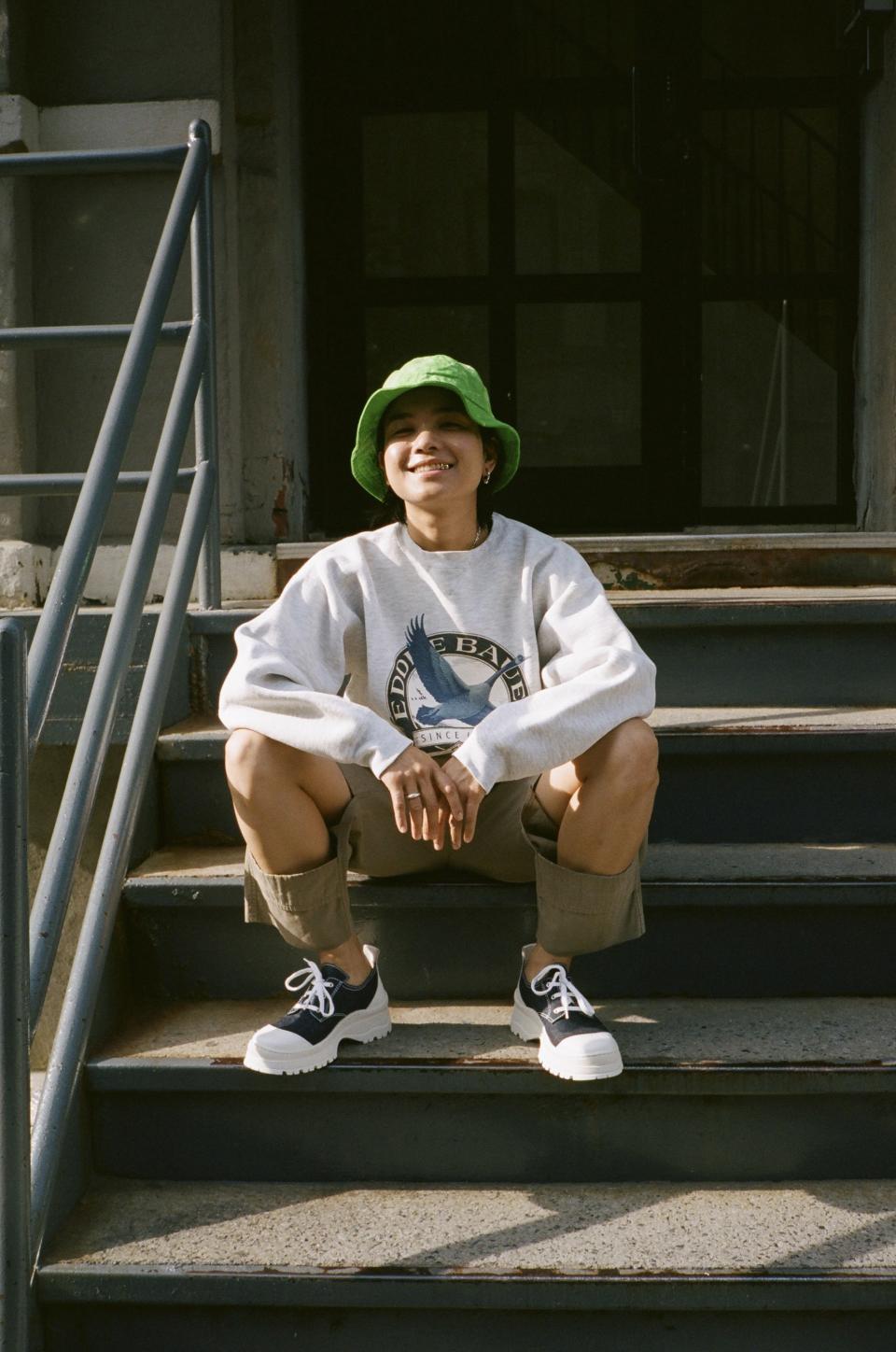
It comes as a surprise, then, to learn that the project she found most intimidating was something altogether more humble: mentoring on a course at Parsons School of Design. “I was reluctant at first, partly due to scheduling, but mostly because I had never taught formally before,” de Castro explains. “I didn’t think I would be able to do a good job, so I initially bowed out blaming my schedule. Sure enough, the directors of the program moved the dates around, and at that point, I couldn’t say no—I figured it was a cosmic offering, and I needed to take it.”
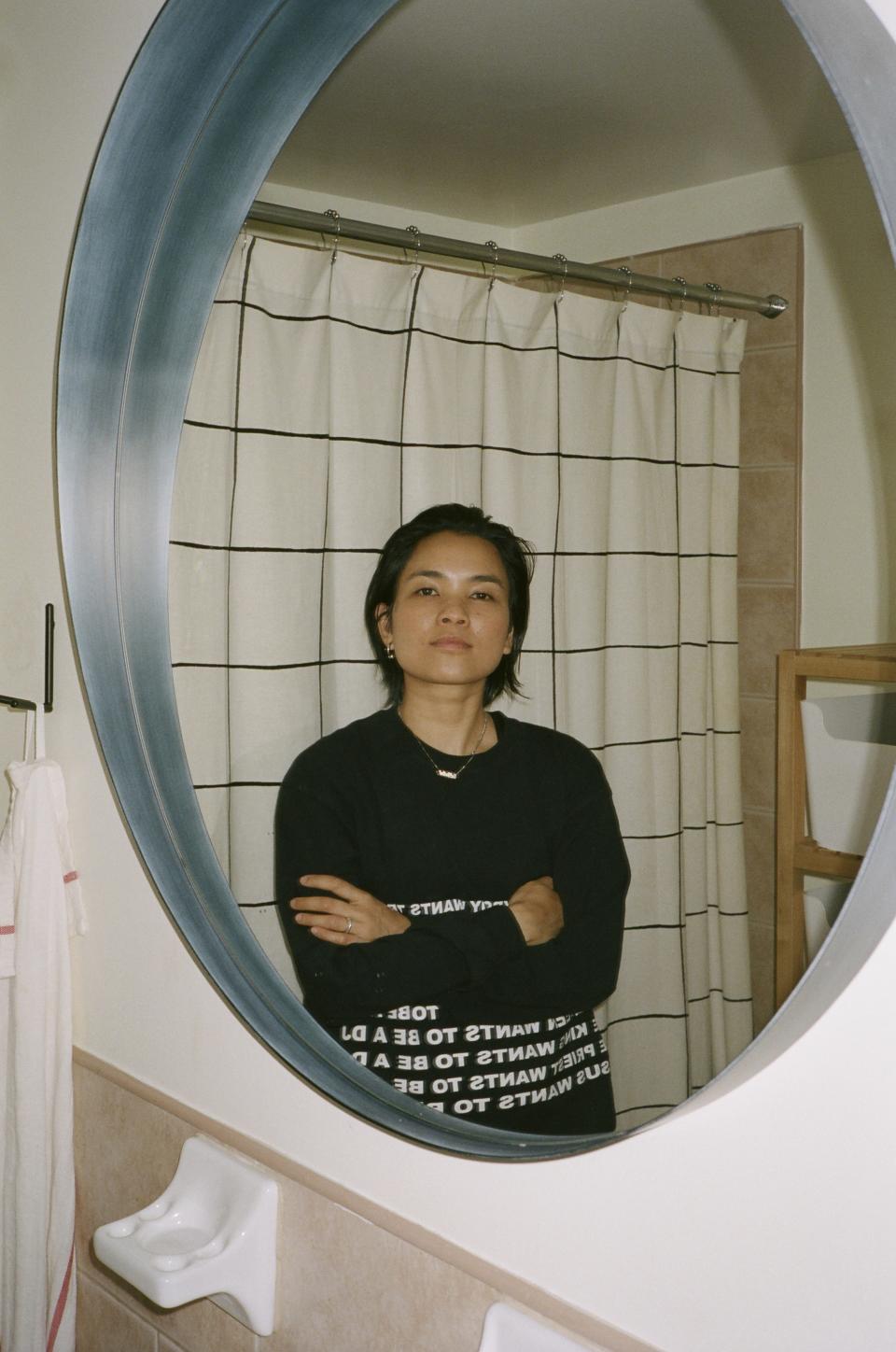
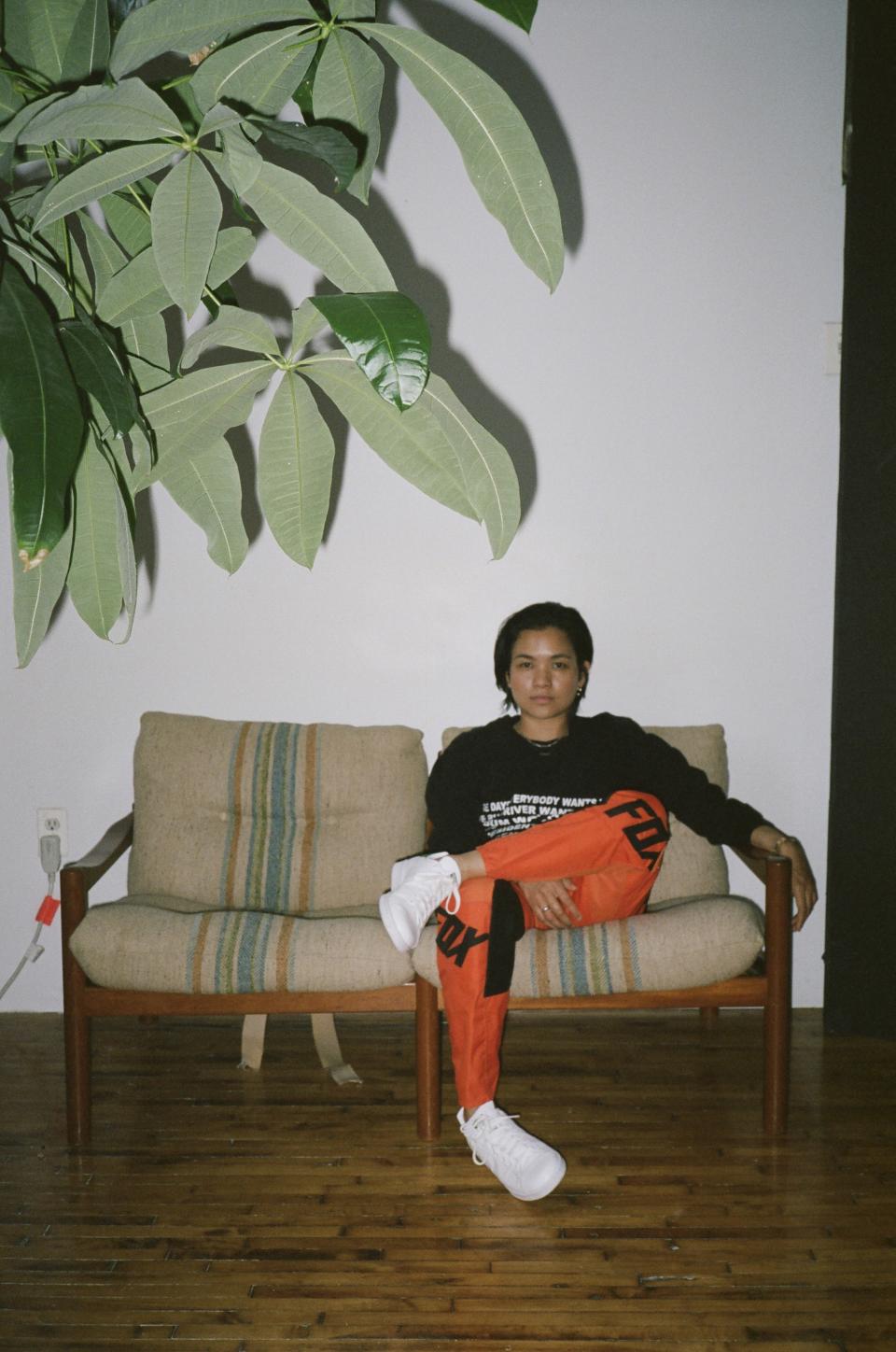
The program in question is the MFA in Fashion Design & Society, spearheaded by course directors Shelley Fox and JOFF. Launched in 2010 as the first graduate program of its kind, it attempts to address the limitations of conventional fashion education by unlikely—and often radical—means. Given that many fashion students leave school with a fully developed aesthetic but little in the way of real-world business experience, graduation can feel like a plunge into the deep end. It’s a problem that Fox and JOFF are finding solutions for across a broader range of disciplines: helping students to gain a deeper understanding of the relationship between the human body and clothing through movement and performance classes, for example, or—and this is where de Castro comes in—by encouraging them to seek out mentorship from more established industry names.
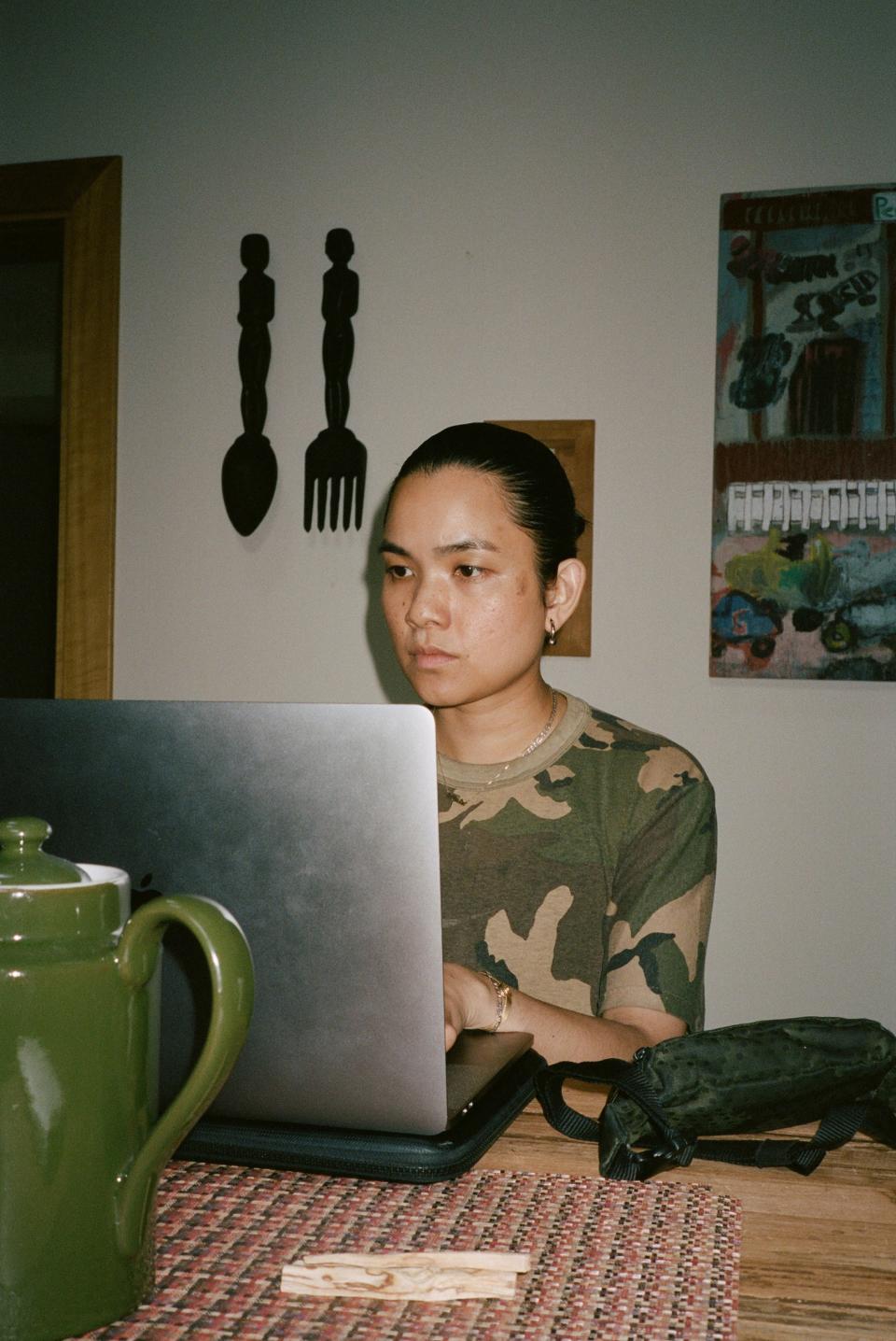
“It makes perfect sense for designers to understand the principles of photography and filmmaking when branding plays such a huge part in a successful business,” says de Castro. “You can’t sell a collection or tell your story without visual content to support it.” Appropriately, she decided to work with the students on a limited-edition digital zine, titled Heavily Designed, where she paired each designer with a working photographer to build out treatments, communicate their vision to the photographer, and produce the shoot.
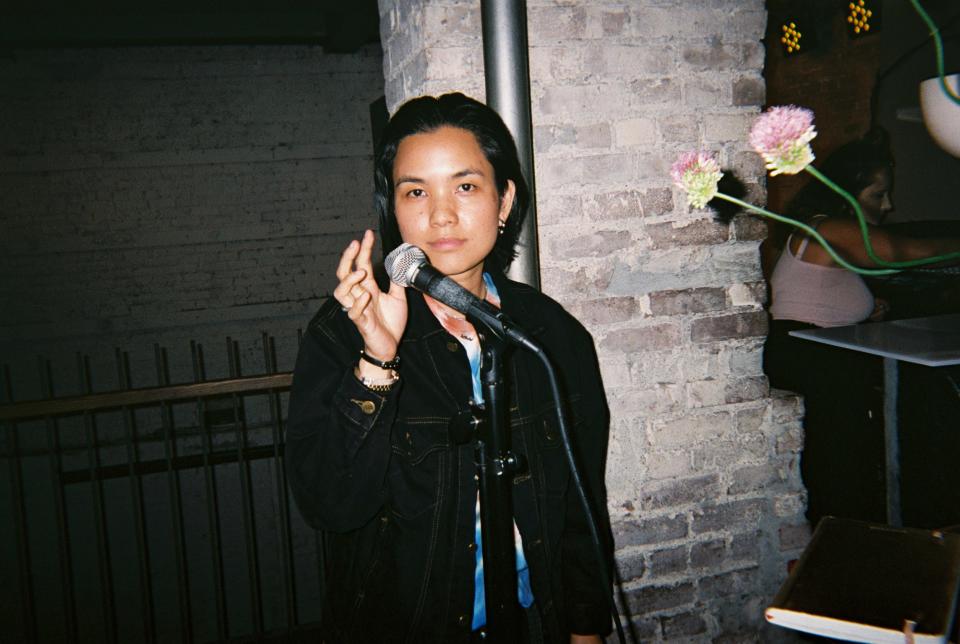
For de Castro, the results were unexpectedly emotional. “What I loved about this process was seeing the designers discover a new appreciation for their collections,” she says. “One of my students, Chi Han, based his collection around his personal experience with shame, hiding his body, and previously being closeted. I paired him up with queer photographer Lucas Castro Pardo, who takes these beautiful quiet portraits of men in his home studio. I encouraged Chi to model his collection himself and take his designer portrait shirtless, which is a theme in Castro Pardo’s work. When Chi presented his photo story to class, it was as though he was a totally different person—he was confident about his body, and owned his story through a new lens. It was so hard for JOFF and me to critique his work without choking up,” she adds. “We were so proud.”
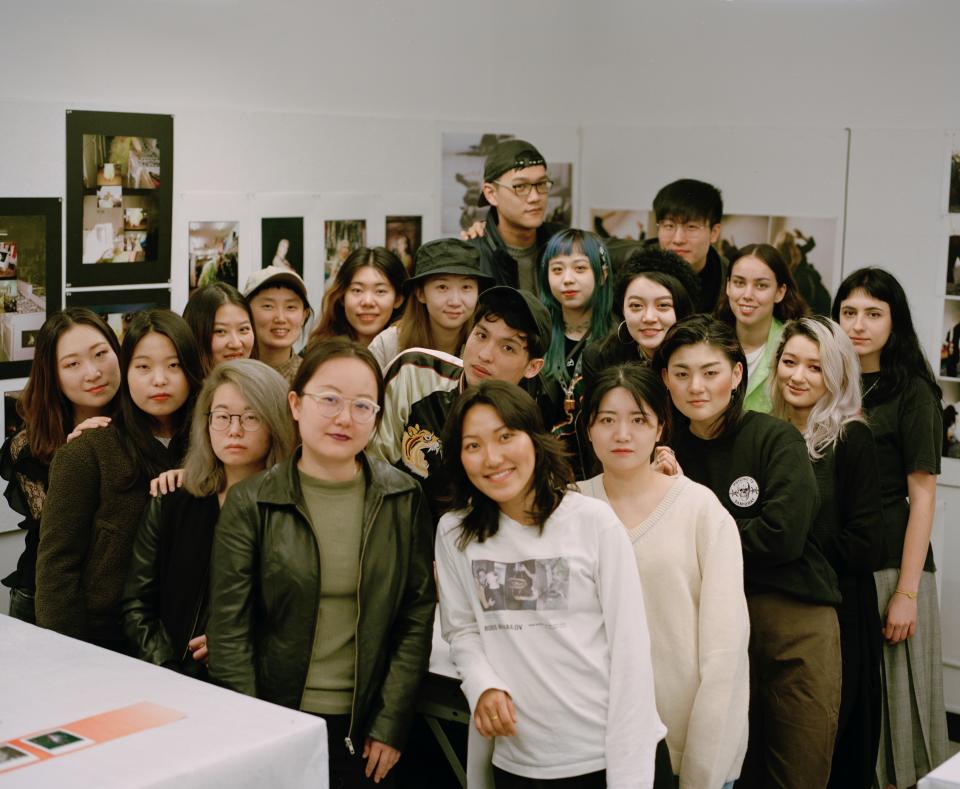
It helps that de Castro, who is gender non-conforming, has a distinctive sense of personal style, informed by her love of countercultural menswear. “I generally care more about style than fashion,” she says. “I appreciate special pieces, but I’m not really ruled by labels, trends or seasons. Although working in fashion, I have definitely gained a deeper appreciation for good design and sustainability.”
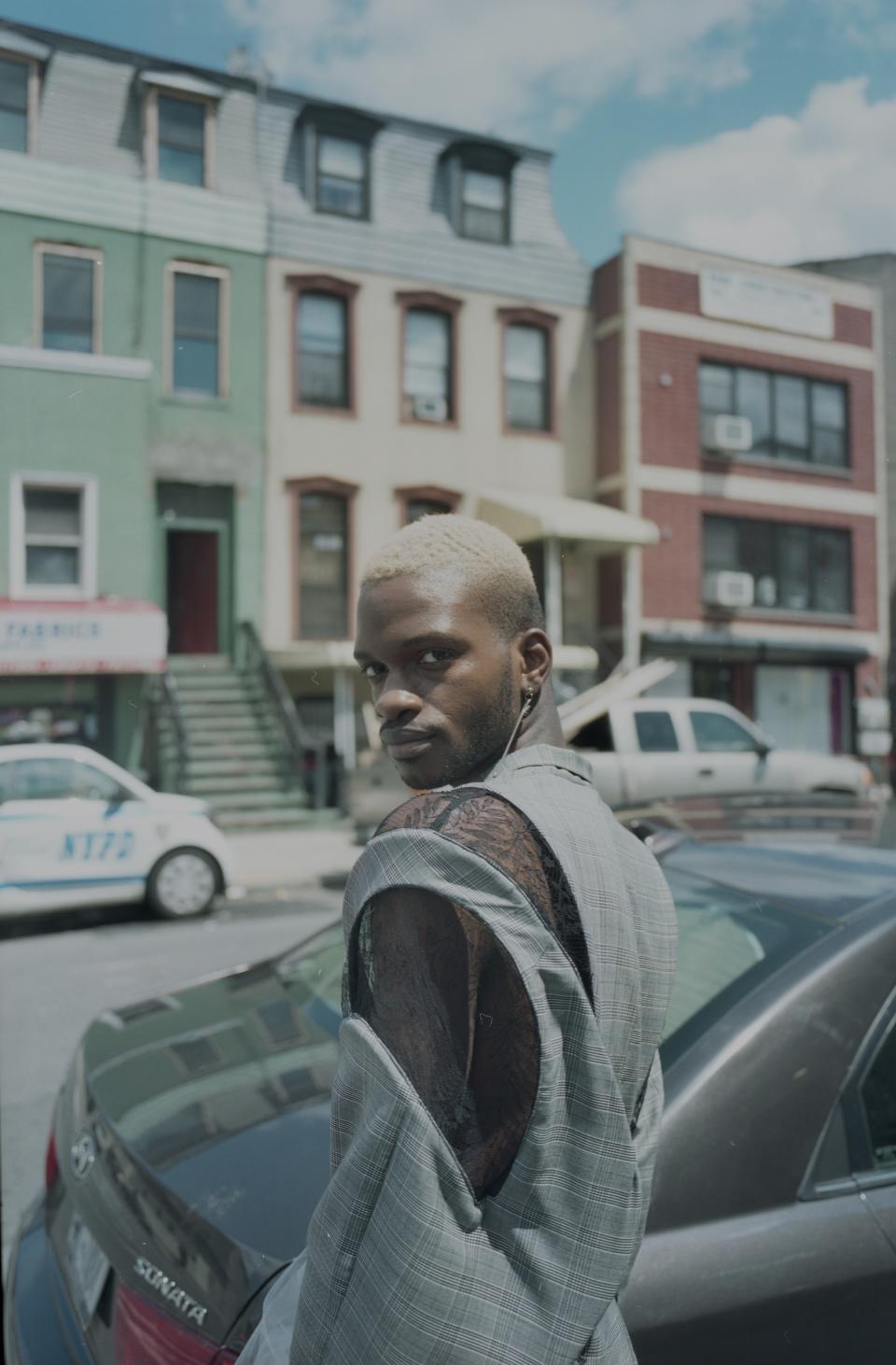
It also encouraged her to make more of the opportunity to work with a new generation of creatives, particularly those whose cultural contributions have been historically marginalized. She recently participated in a portfolio review for participants within a scheme organized by Scope of Work, a New York-based initiative, launched by de Castro’s friends Eda Levenson and Geneva L White, to provide young creatives of color with free mentorship. “I always say that I wish there was a worldwide HR meeting telling brands that, if you’re going to push a campaign centered around a marginalized group, a person of that group has to join the team as creative director. We need them to either own or share that leadership position, and nothing less.”
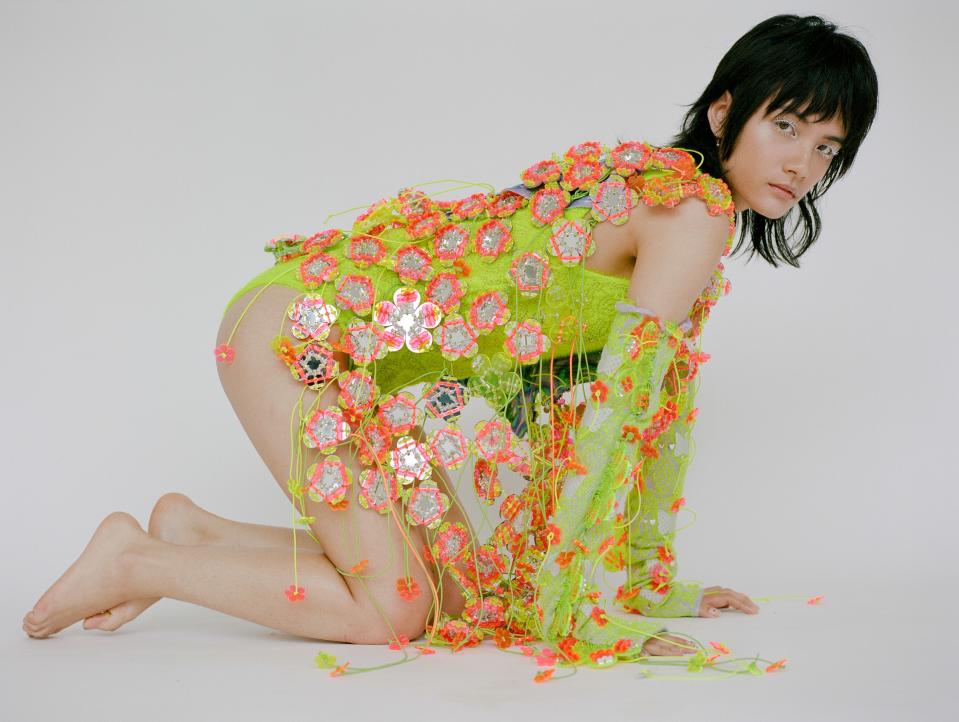
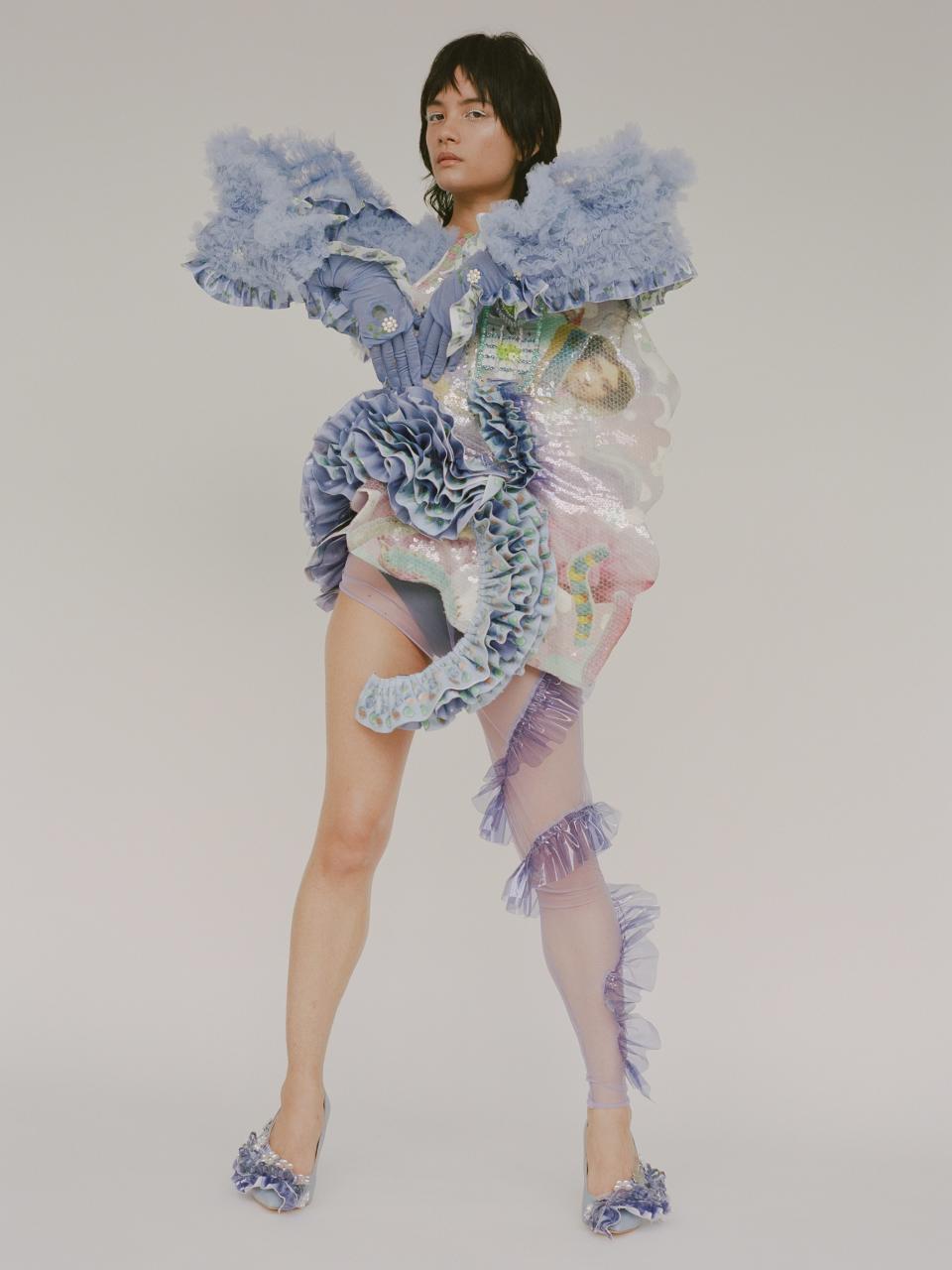
It’s a roadblock that de Castro has come up against even as an established player in the field. “There are too many adverts out there that are directed toward brown girls, for example, where it’s a straight white guy writing the entire script. In my experience, the end product never hits its potential because not enough folks of color are in the executive seats telling their own stories. And then it becomes my job, as a director, to clean these messes up when they unravel on set, and it’s exhausting. To really promote creatives of color, it’s about staffing them in executive roles. Don’t just have us executing the concept at the bottom.”
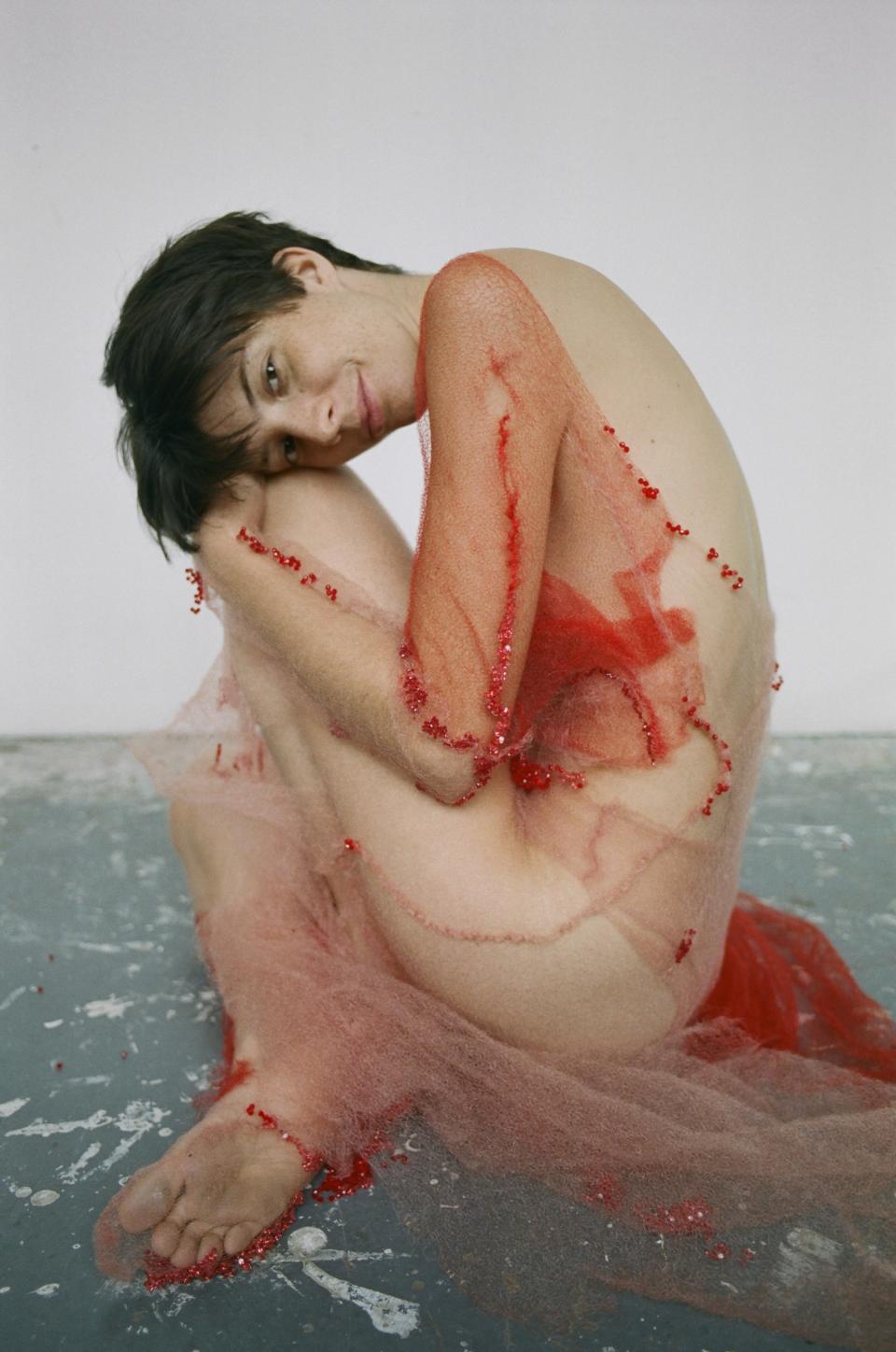
Within the context of the Parsons project, however, she’s keen to note that she learned just as much from the students as they did from her; more specifically, in relation to the difficulties of reconciling thornier social issues in an industry that is predicated on conventional Western beauty ideals. “Fashion designers are trained to take a concept, annihilate it to shreds, and then build from there. Discovering this process made me realize why fashion can sometimes be politically insensitive or unaware. Designers, in general, are groomed to focus on very abstract ideas, which can become such an isolated vortex—where sociopolitical considerations are forgotten about.” As a new generation of diverse fashion talents begin to make their voices heard, it’s cheering to know that there are gatekeepers like de Castro who can usher them in with sensitivity—and, just as importantly, style.
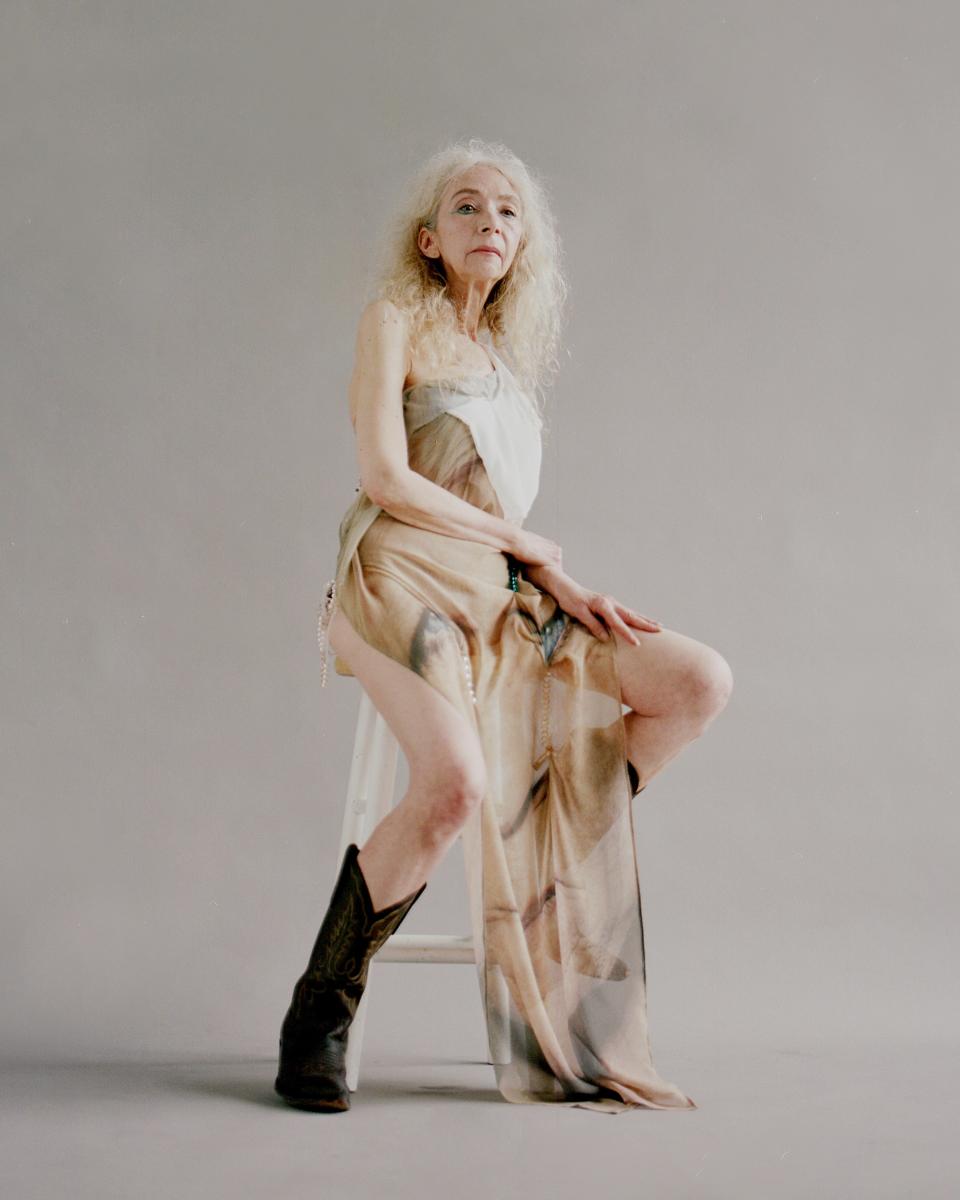
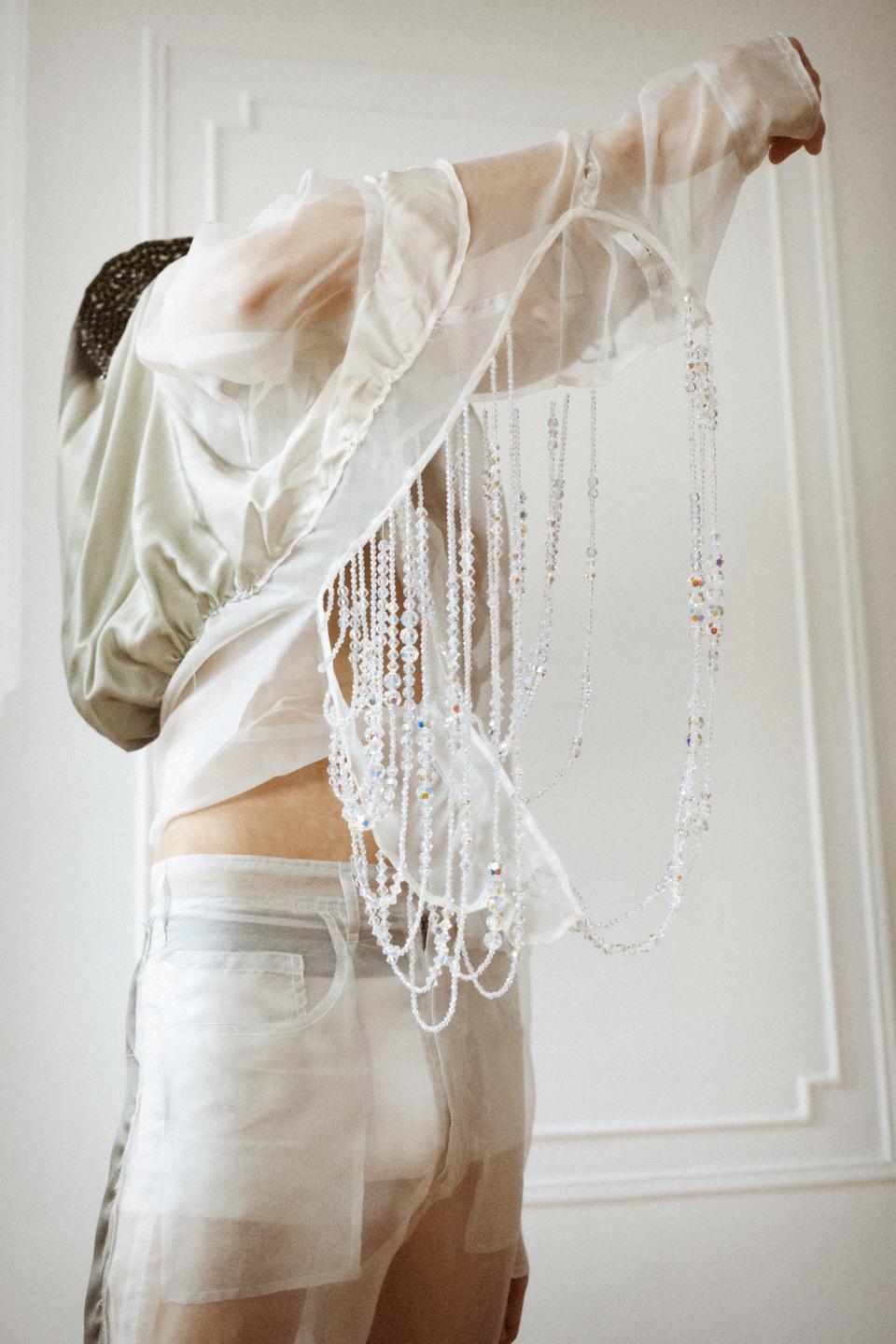
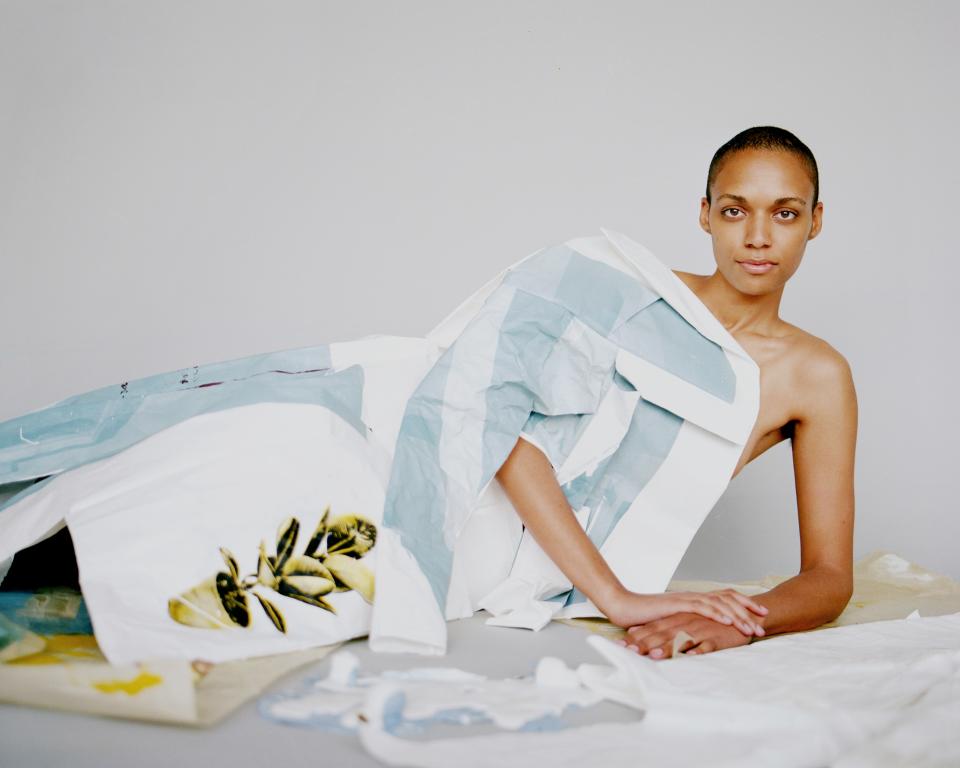
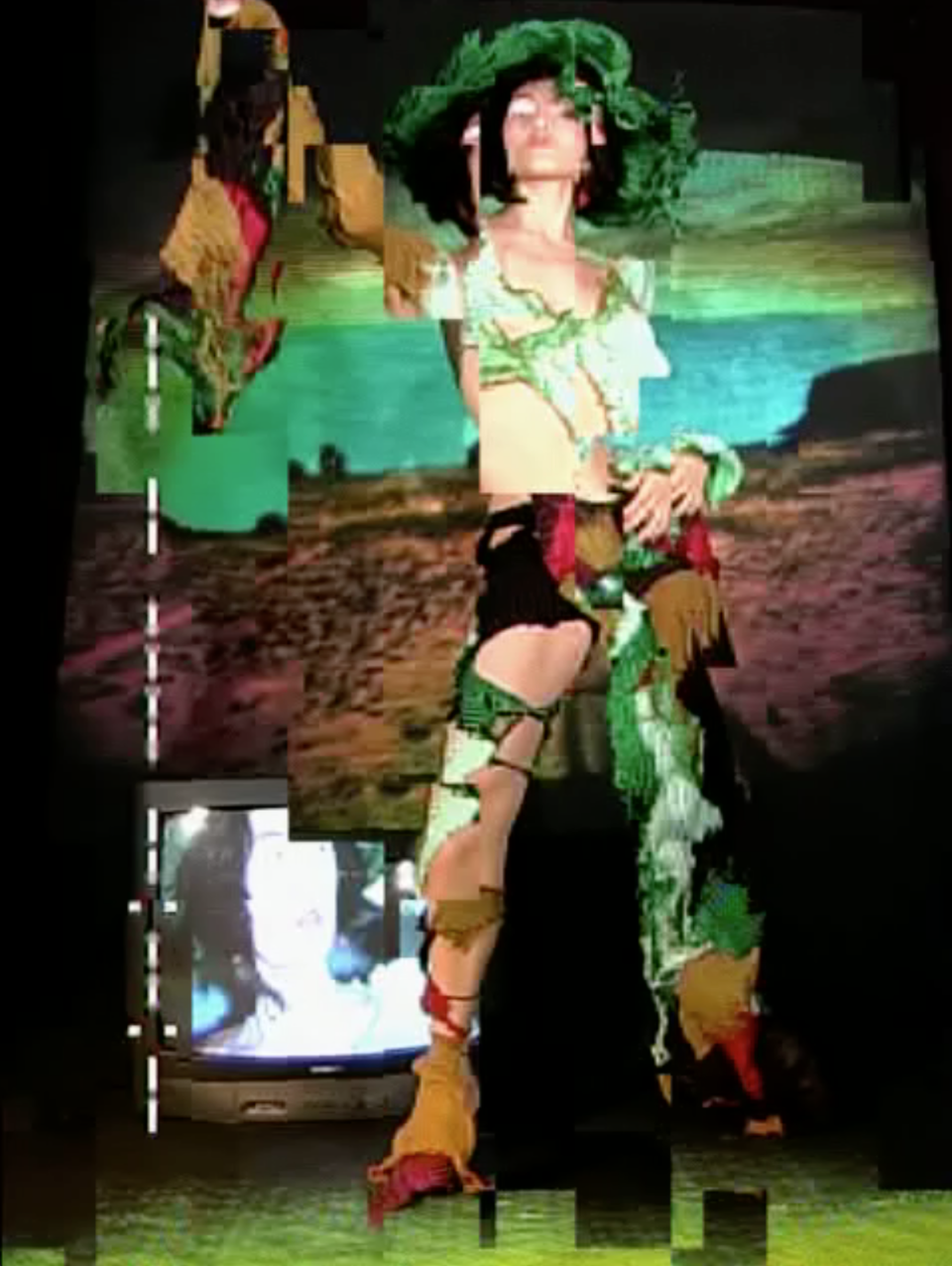
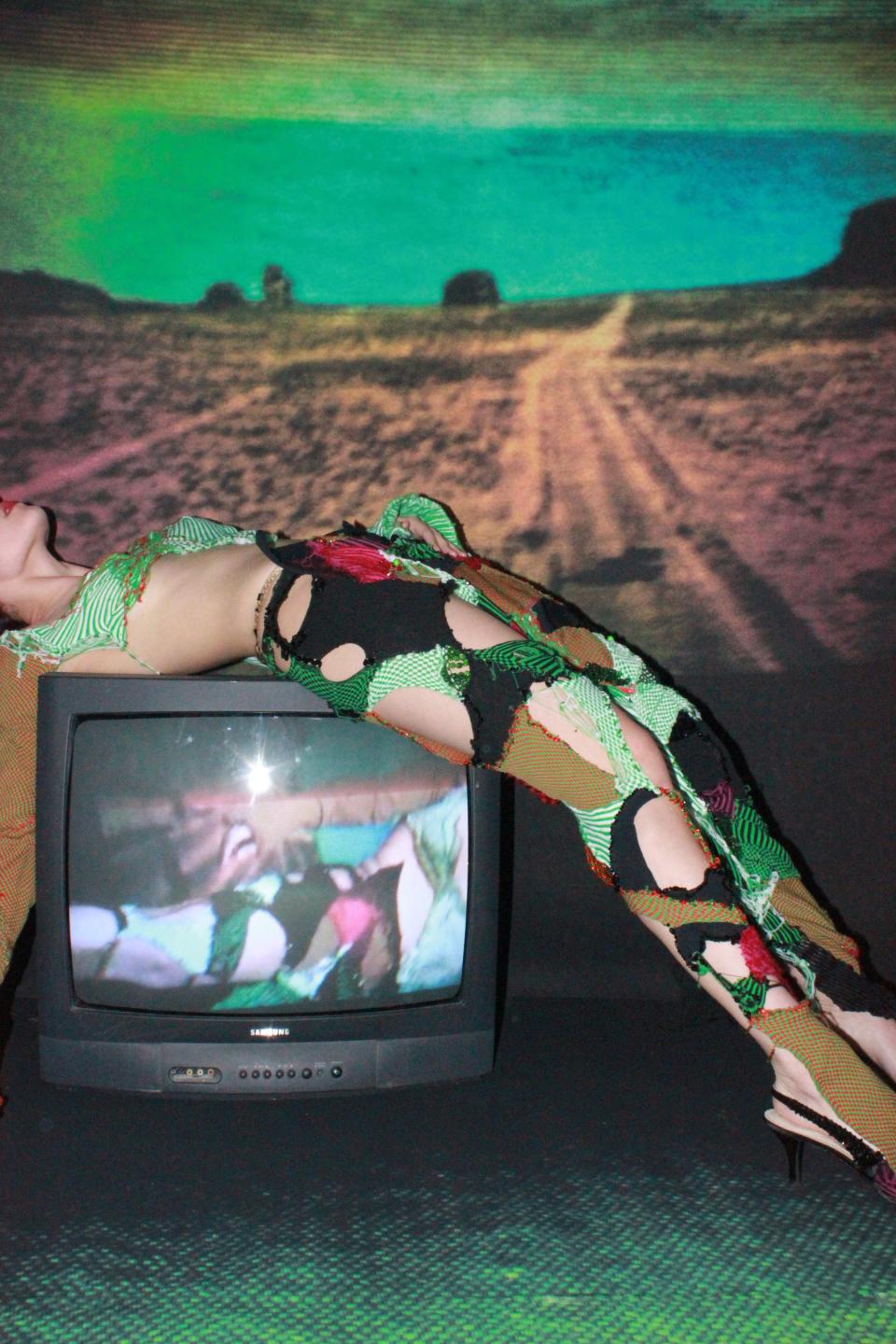
Originally Appeared on Vogue

